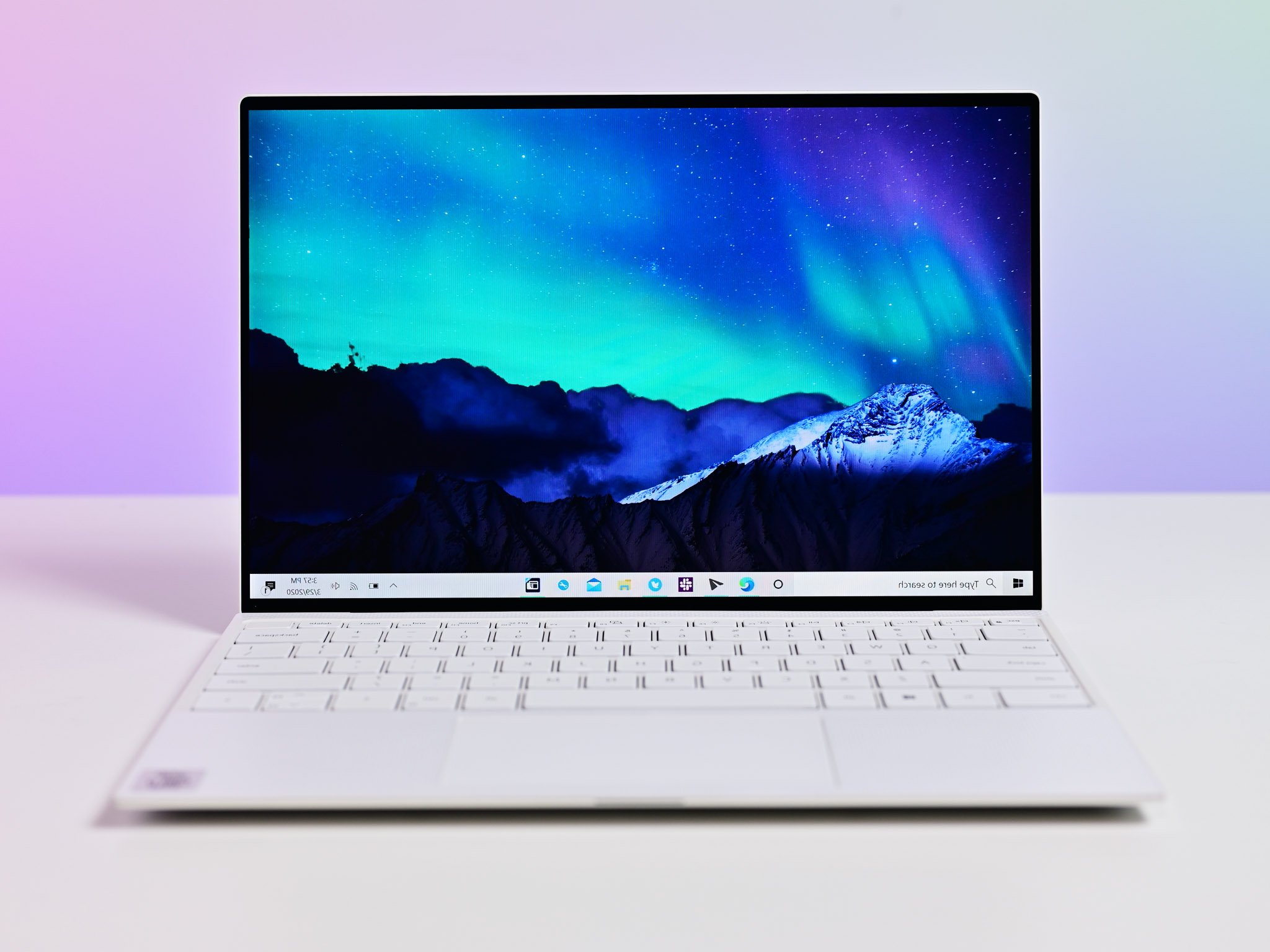Windows 10 September Patch Tuesday improves security for several devices
Plenty of fixes come with this month's patch of cumulative updates.

What you need to know
- September's Patch Tuesday updates are available for Windows 10 PCs.
- The updates bring several fixes and improvements to Windows 10.
- There are updates for devices running the May 2020 Update, the November 2019 Update, the May 2019 Update, and several other versions of Windows 10.
It's Patch Tuesday, and that means a fresh update for supported Windows 10 PCs. Microsoft has new cumulative updates available for Windows 10 devices running the May 2020 Update, the November 2019 Update, the May 2019 Update, and more. As is always the case with cumulative updates, this update doesn't include any new features. Instead, it focuses on improving performance and bug fixes.
Microsoft shares the highlights of the latest update for Windows 10 version 2004 on a support page, which you can also find below:
- Updates to improve security when using input devices (such as a mouse, keyboard, or pen).
- Updates to improve security when Windows performs basic operations.
- Updates for storing and managing files.
- Updates to improve security when using Microsoft Office products.
The update also includes several quality improvements outlined by Microsoft:
- Addresses an issue with a possible elevation of privilege in windowmanagement.dll.
- Addresses a security vulnerability issue with user proxies and HTTP-based intranet servers. After installing this update, HTTP-based intranet servers cannot leverage a user proxy by default to detect updates. Scans using these servers will fail if the clients do not have a configured system proxy. If you must leverage a user proxy, you must configure the behavior using the Windows Update policy "Allow user proxy to be used as a fallback if detection using system proxy fails." This change does not affect customers who secure their Windows Server Update Services (WSUS) servers with the Transport Layer Security (TLS) or Secure Sockets Layer (SSL) protocols. For more information, see Ensuring clients stay secure, changes to scans against Windows Server Update Service (WSUS) servers.
- Security updates to Windows App Platform and Frameworks, Microsoft Graphics Component, Windows Input and Composition, Windows Media, Windows Shell, Windows Cloud Infrastructure, Windows Fundamentals, Windows Management, Windows Kernel, Windows Virtualization, Windows Storage and Filesystems, the Microsoft Scripting Engine, and the Microsoft JET Database Engine.
Below are the links to find out the full set of details for updates available for older versions of Windows 10:
- Windows 10 version 1903/1909 — KB4574727 (OS Builds 18362.1082 and 18363.1082)
- Windows 10 version 1809 — KB4570333 (OS Build 17763.1457)
- Windows 10 version 1803 — KB4577032 (OS Build 17134.1726)
- Windows 10 version 1709 — KB4577041 (OS Build 16299.2107)
- Windows 10 version 1703 — KB4577021 (OS Build 15063.2500)
- Windows 10 version 1607 — KB4577015 (OS Build 14393.3930)
- Windows 10 version 1507 — KB4574727 (OS Builds 18362.1082 and 18363.1082)
You can install the latest update for Windows 10 through the Settings app of your PC.
Get the Windows Central Newsletter
All the latest news, reviews, and guides for Windows and Xbox diehards.

Sean Endicott is a tech journalist at Windows Central, specializing in Windows, Microsoft software, AI, and PCs. He's covered major launches, from Windows 10 and 11 to the rise of AI tools like ChatGPT. Sean's journey began with the Lumia 740, leading to strong ties with app developers. Outside writing, he coaches American football, utilizing Microsoft services to manage his team. He studied broadcast journalism at Nottingham Trent University and is active on X @SeanEndicott_ and Threads @sean_endicott_.
